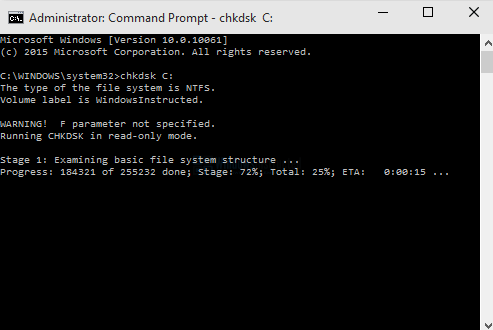
Content

Each month, we provide a varied list of economic indicators with subsequent insight into how the data and information may impact the region. We also include traditional labor market, housing, sales tax and airport information as well as impromptu information as it becomes available. We hope that ECO, financed by First Horizon Bank, will help our regional business community make more informed decisions as they run their businesses.

Dining is picking up ahttps://adprun.net/ – and is close to 2019 in Texas and Florida. The New York and Philly Fed surveys are averaged together , and five Fed surveys are averaged including New York, Philly, Richmond, Dallas and Kansas City. The Institute for Supply Management PMI is through February .
Production, shipments, new orders, and Labor Market Recovery Continues, Adp Report Says 749,000 New Jobs This Month rose at a slower pace, while order backlog and supplier delivery time increased. The indexes for employee workweek and new orders for exports dipped slightly, and inventory indexes for materials and finished goods were negative. Friday’s official US Labor Department data showed a fall of the unemployment rate to 7.9% from the 8.4% rate in August. Nonetheless, recovery concerns remainas small businesses continue to die, theairline sector loses billions every month, and evenDisney announces major layoffs.
Consensus economists were looking for private job gains to total 649,000 for the month, according to Bloomberg data. August’s increase in payrolls was upwardly revised to 481,000, from the 428,000 previously reported. The goods-producing sector added 196,000 jobs, including 130,000 in manufacturing and 60,000 in construction. ADP’s print also arrives after new US jobless claims unexpectedly ticked higher for the week ended September 19.
And when excluding a pay increase, employed Americans cited better benefits and a flexible work environment as the top reasons they would consider other job offers. In my 30+ years in the recruitment industry, I don’t believe I have ever seen a job market so set for expansion as this one. Whether it’s in an office or remote, there are opportunities everywhere. The pending home sales report jumped 8.8% last month to reach an all-time high. It’s no secret what the cause is—very low mortgage rates.
When housing started to recovery – with limited finished lots in recovering areas – builders moved to higher price points to maximize profits. This graph shows the year-over-year change in the 3-month moving average for the Chemical Activity Barometer compared to Industrial Production. On a price-to-rent basis, the Case-Shiller National index is back to March 2004 levels, and the Composite 20 index is back to November 2003 levels. In real terms, the National index is back to June 2005 levels, and the Composite 20 index is back to November 2004.
It represents the common component of ten different daily and weekly series covering consumer behavior, the labor market, and production. “The labor market continues to recover gradually,” said Ahu Yildirmaz, vice president and co-head of the ADP Research Institute. “In September, the majority of sectors and company sizes experienced gains with trade, transportation and utilities; and manufacturing leading the way. However, small businesses continued to demonstrate slower growth. Increases are expected in production, capacity utilization and number of employees. Decreases are only projected for delivery time and finished goods inventories.
Trade, transportation and utilities industries added 186,000 jobs, and health-care and social assistance positions rose by 101,000. Education, meanwhile, was the only industry to shed payrolls on net, with these falling by 11,000. The US added 749,000 private payrolls in September, according to ADP’s monthly employment report. With the conclusion of the first quarter, we bring an updated transition matrix to detail how banks are transitioning off the Unofficial Problem Bank List. Since we first published the Unofficial Problem Bank List on August 7, 2009 with 389 institutions, 1,773 institutions have appeared on a weekly or monthly list since then. Only 3.8 percent of the banks that have appeared on a list remain today as 1,706 institutions have transitioned through the list.